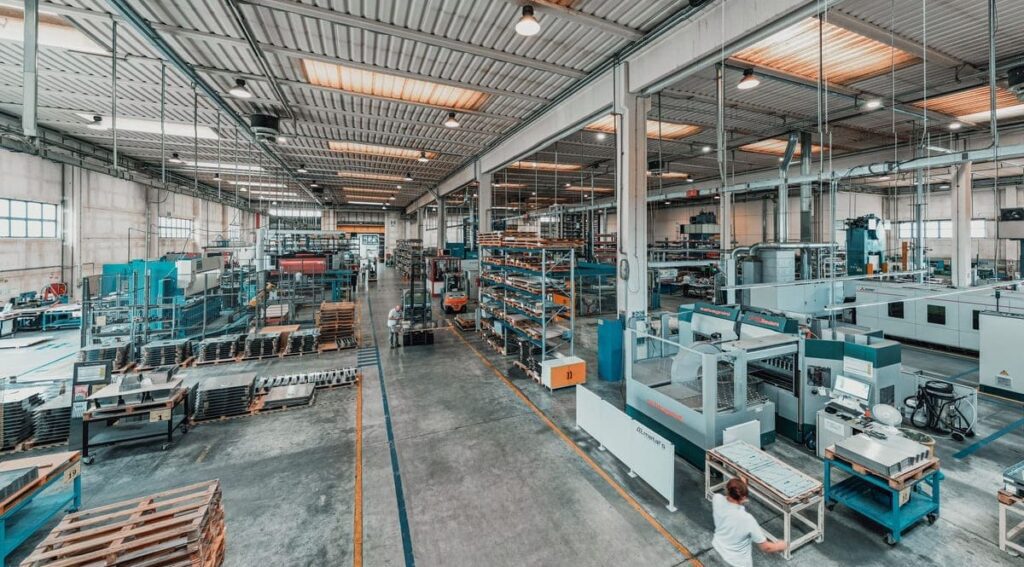Metal’s case study: how we improved production with automated processing

In Metal’s realizziamo assiemi, semilavorati, parti e componenti in acciaio inox, sia semplici che complessi. Lavoriamo l’acciaio, ma ci occupiamo anche della fase progettuale e tecnica, consigliando ai nostri clienti alcune migliorie per ottimizzare i tempi di lavorazione o ridurre i costi di produzione, ovviamente senza ripercussioni sulla qualità. Il nostro è un lavoro ricco […]
